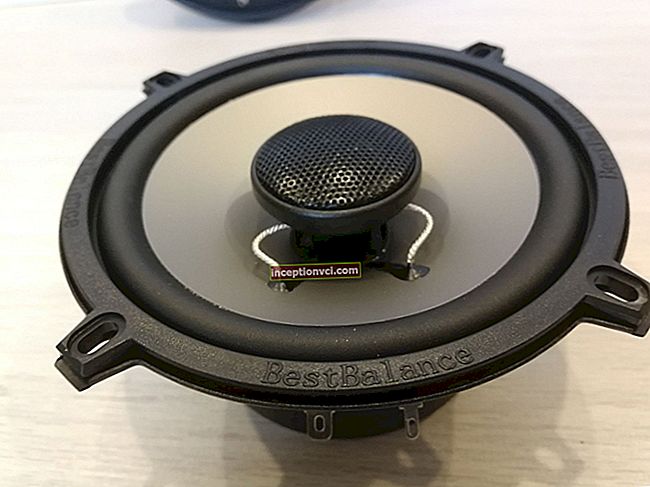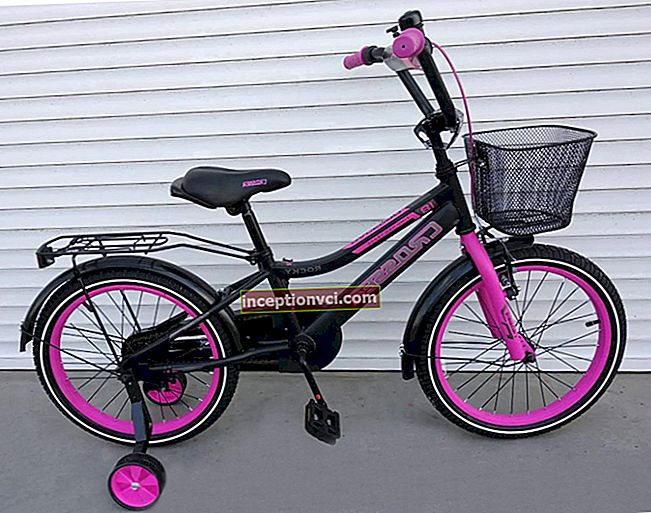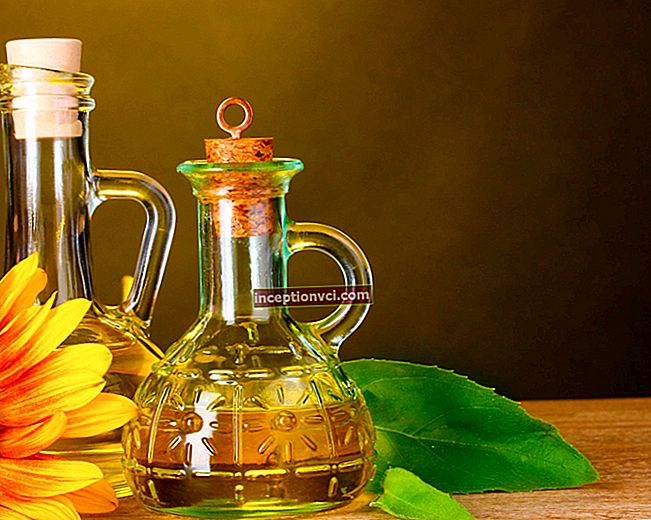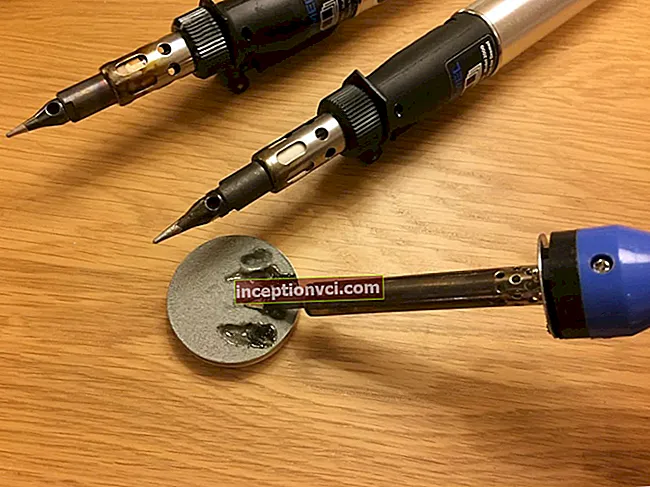Varnishes are materials that are compounds of film-forming substances (resins, polymers) with organic solvents or water. After drying, the varnishes form a hard transparent film that protects, preserves and at the same time emphasizes the color and texture of the painted surface (especially for valuable wood species). Varnish can also be used as the final coat in a multi-layer coating system. This will give the surface of the material a good appearance, as well as increase the performance properties.
According to the chemical composition of the film-forming substance, varnishes are divided into:
Note: the abbreviation of the corresponding type of varnish of domestic manufacturers is indicated in brackets.
Types of varnishes
When carrying out paintwork at home, they are often used:
** _ Oil varnishes _ ** are obtained by dissolving natural or artificial resins in vegetable oils with the addition of solvents and driers.
The most common natural resins used are amber, rosin and shellac. Since natural resins are quite expensive, they are replaced with synthetic ones: phenol-formaldehyde, alkyd resins or perchlorovinyl.
This group of varnishes is used for the primary coating of wood surfaces. When dried, oil varnishes form a hard transparent or colored film. The color scheme depends on the additional components of the varnish and can vary from dark brown to light yellow.
Oil varnishes are influenced by external factors, so it is advisable to use them for internal work, for example, to give a "new shine" to worn coatings of old wooden floors. Drying time for oil varnishes varies and can be as long as several hours or several days. It all depends on the drying conditions.
** _ Alkyd varnishes _ ** - one of the most common varnishes in everyday life. These are solutions that are produced using synthetic alkyd (glyphthalic or pentaphthalic) resins and organic solvents. These types of varnishes form hard, transparent, almost colorless films, have excellent adhesion to various types of surfaces, and are resistant to moisture. Although varnishes are traditionally used for interior work, alkyd varnishes can also be used for exterior work. Among alkyd varnishes there are also universal ones.

In everyday life, alkyd varnishes are mistakenly called oil. However, these are different varnishes. Although similar vegetable oils are used in the production of alkyd resins, alkyd varnishes differ significantly in their chemical composition and properties and even surpass oil varnishes.
Advantages: low cost, ease of repair (renewal); the solvents included in the varnish are moderately toxic. The disadvantage is a long drying time (2-3 days), coatings based on alkyd varnishes have low wear resistance.
Some manufacturers produce alkyd varnishes in aerosol cans for ease of use.
** _ Alcohol varnishes and varnishes _ ** are obtained by dissolving natural resins in wood or wine alcohol (shellac, sandarak are used). These materials have excellent adhesion to various surfaces, and their addition to the varnish gives the coating good mechanical strength and gloss. The resulting coatings can be polished. The disadvantage is low water resistance.
** _ Nitrol varnishes (nitrocellulose varnishes) _ ** are compounds of varnish colloxylin, resins and plasticizers, which are added to a mixture of active organic solvents. Nitrocellulose varnishes have a smell similar to pear essence. The properties of these varnishes can vary depending on the resins introduced into the composition (amino-formaldehyde, alkyd, etc.), which improve their moisture resistance. When dry, nitro lacquers form hard transparent (almost colorless) films.
The advantages of nitro varnishes are low price, short drying time (several hours), high durability. Disadvantage - they are made using toxic solvents that are harmful to human health, therefore it is necessary to work with them in a respirator. Nitrolacquers are used for interior paints and varnishes, for example, processing wood products.
** _ Bitumen varnishes _ ** are obtained by combining certain grades of bitumen with various resins and oils. When dried, these varnishes form a film (usually black) with good resistance to water and some chemicals. The disadvantage is the low anticorrosive qualities of the obtained coatings in atmospheric conditions.
** _ Coal varnishes _ ** (also called Kuzbasslak or pitch varnish) is a chemical compound of coal pitch in solvent naphtha. The disadvantage is low plasticity and resistance to temperature changes. Coal lacquer is an excellent anti-corrosion coating, especially for metal sanitary ware.
** _ Acrylic (water-based) varnishes _ ** have a number of differences and advantages from the varnishes discussed above. The most important advantage is environmental friendliness, fire safety. These varnishes do not contain organic solvents, however, in their properties they are not only not inferior to solvent-borne varnishes, but also significantly surpass many of them in terms of strength and elasticity, wear resistance and resistance to certain detergents.
Considering that the basis of this material is water, then, for example, acrylic varnishes Tikkurila Kiva Kaluste, Kompozit Aqua Interior are perfect for interior finishing work.
Unlike alkyd varnishes, acrylic varnishes have a much faster intercoat drying rate. The final film formation time is approximately 10-14 days.
There are also two-component acrylic varnishes, in which the second component is a hardener. The addition of a hardener improves both the mechanical resistance and the drying time.
Water-based acrylic varnishes are best suited for rooms that do not require frequent wet cleaning - bedrooms, offices, children's rooms, living rooms, etc. They can also be used to create decorative coatings on metal, glass and wood of various species.

The main advantages of acrylic varnishes:
- do not change the shade of wood, keeping its natural color and natural texture;
- transparent shade without yellowness;
- low odor.
Disadvantages:
- dependence on indoor microclimate;
- for normal crystallization, the relative humidity must be at least 50%, which is quite difficult to ensure (especially in winter).
Today, semi-glossy, glossy, semi-matt and matt acrylic varnishes are produced.
** _ Perchlorovinyl varnishes _ ** are compounds of polyvinyl chloride resin and various organic solvents with certain additives. These varnishes form fast drying films in the open air, which are characterized by increased hardness, wear resistance and water resistance. Perchlorovinyl varnishes are used to protect concrete, reinforced concrete, asbestos-cement, brick and other mineral surfaces.
** _ Polyurethane and alkyd urethane _ ** varnishes, after drying, form films with high strength and wear resistance.
This group of varnishes is by far the most popular. A distinctive feature of polyurethane varnishes is: resistance to abrasion, chemical and mechanical stress, high strength.
The choice of polyurethane varnishes is quite extensive, both in terms of the number of different manufacturers (foreign and domestic) and in terms of use - from parquet floors to covering musical instruments and yachts.

It should be remembered that only with the correct application of the coating components, especially with multi-layer coating (primers, putties and others), you can get the desired result. In order to obtain good adhesion to the material, and also to avoid the occurrence of coating defects (cracks, lacquer peeling), it is recommended to use components from the same manufacturer.
This type of varnish also includes alkyd-urethane varnishes, which are solutions of alkyd resins with urethane groups in organic solvents.
Advantages of alkyd-urethane varnishes:
** _ Epoxy varnishes _ ** are solutions of epoxy resins in organic solvents. Produced as a two-component component. A hardener is added to the varnishes before use. The properties of the resulting mixture depend on the type of resin and hardener, as well as the curing conditions. The resulting film has high water and alkali resistance, mechanical density, excellent adhesion to various materials. Disadvantage - epoxy varnishes are susceptible to atmospheric factors. In domestic conditions, these varnishes are sometimes used for making putties, making souvenirs, gluing. These varnishes have a wide range of applications and are used for interior and exterior work. Drying time for epoxy varnishes does not exceed 12 hours.









